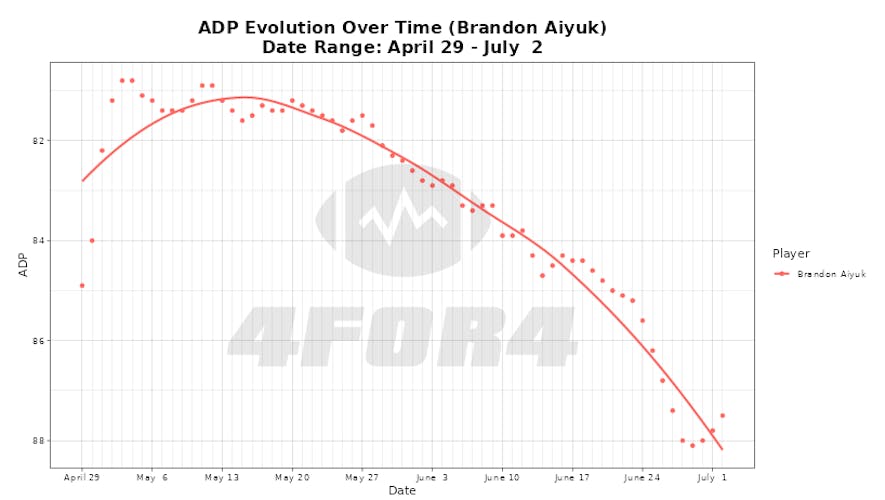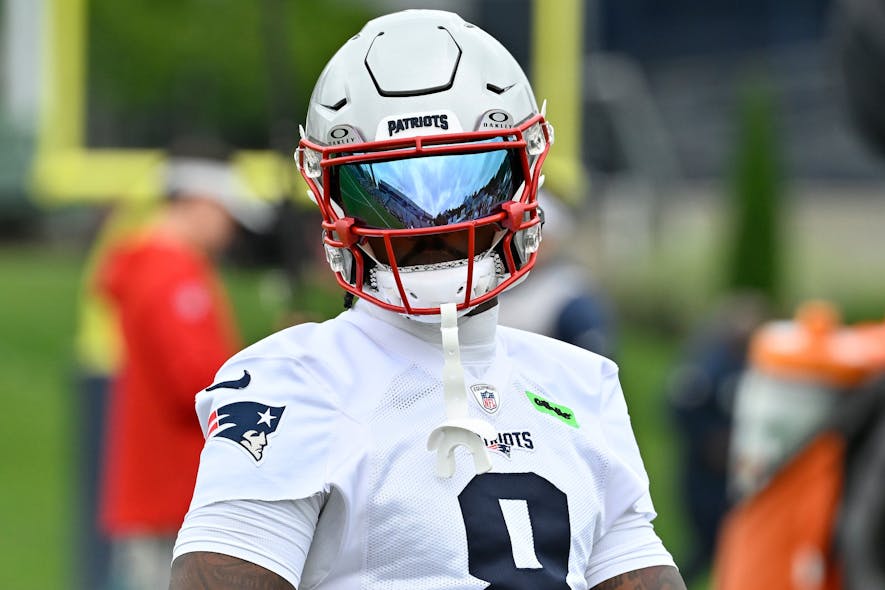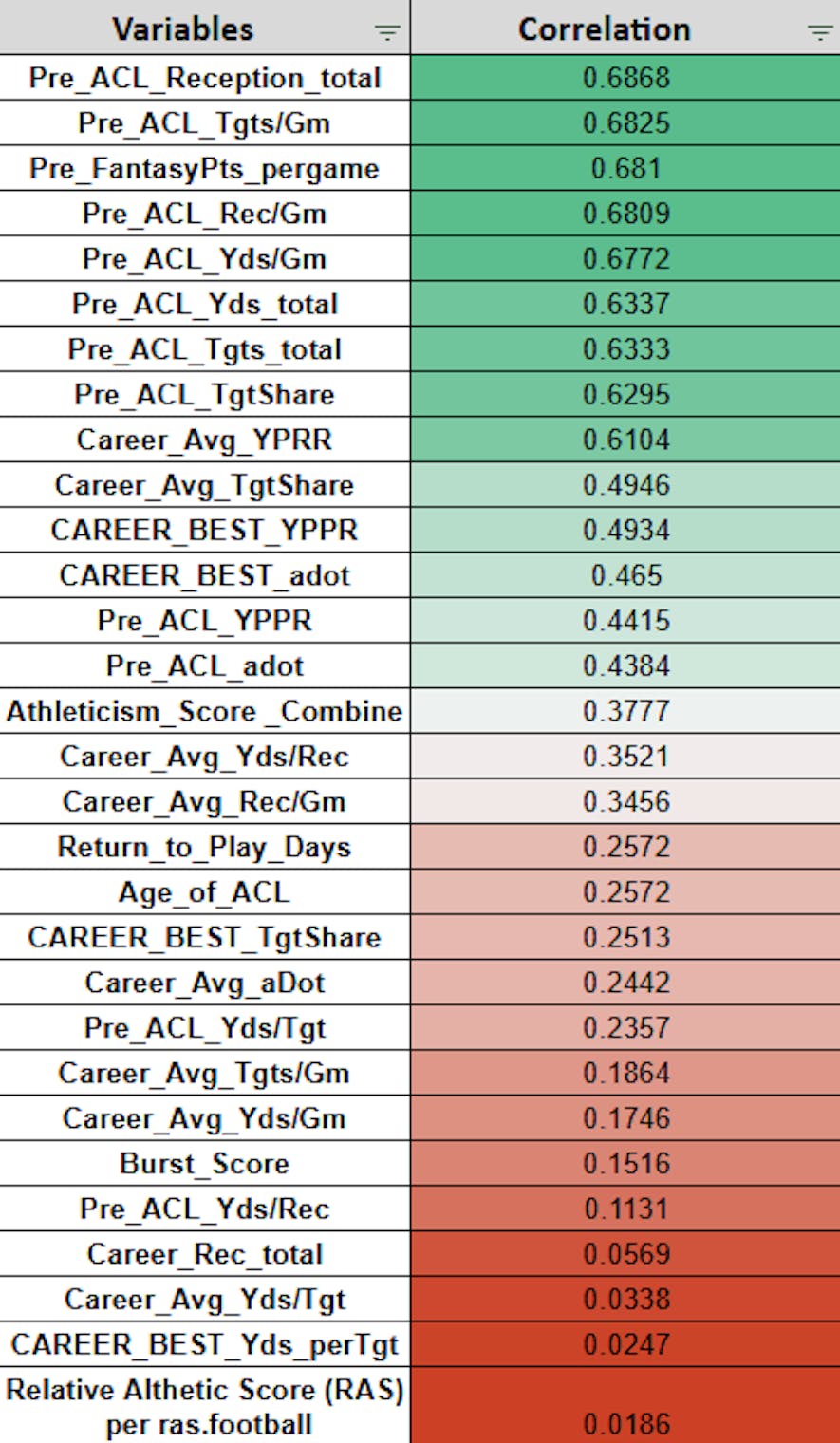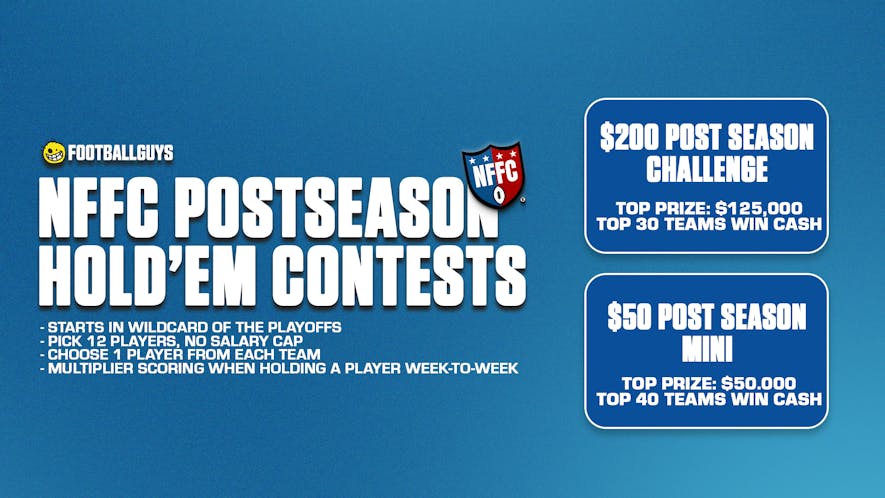As fantasy football season heats up and Best Ball drafts are in full swing, I wanted to go deeper this offseason into two wide receivers coming off ACL reconstruction (ACLR). It's a topic I've discussed at length before. Still, I think it's important to review with three prominent wide receivers recovering from this injury in 2025: Brandon Aiyuk, Stefon Diggs, and Christian Watson.
As a note, this article will focus more on Best Ball as UnderDog, DraftKings, and Drafters drafts are currently taking place. As we learn more information, training camp adjustments can be made for our more traditional redraft leagues. So stay tuned. For now, let's dive into the numbers and see what the data tells us about WRs returning from ACL injuries.
The Impact of ACL Reconstruction on WR Performance
We've all heard the narrative: players struggle the year after ACL surgery. And the data generally supports that.
- On average, WR efficiency metrics decline the year after ACLR.
- Compared to pre-injury levels, most metrics post-injury production dips
| Pre vs. Post-ACLR Production | Targets per Game | Receptions per Game | Yards per Game | Target Share | Yards per Route Run | Fantasy points per Game |
| Avg. Percent Change | -9.52 | -10.16 | -10.14 | -17.92 | -26.59 | -15.62 |
But not every WR post-ACLR struggles, which is what piqued my interest in the first place.
- Jordy Nelson averaged nearly 20 fantasy points per game after his ACLR.
- Cooper Kupp finished as a top-10 WR in 2019 following his ACL injury the prior season.
- Keenan Allen, Julian Edelman, Chris Godwin, and Jeremy Maclin are other WRs who all did well the season following their injury.
These outliers suggest that success is possible, depending on usage, role, and other factors.
Useful Insights
Drilling down to wide receivers who are coming off ACLR, I wanted to see what metrics had the best relationship with fantasy points per game the year after the injury. Below are the metrics and their level of correlation with post-ACLR fantasy points per game
It's worth noting that the sample size is small. My dataset includes about 30 WRs, with 26 of them meeting my criteria for analysis (fantasy-relevant WRs with sufficient playing time). As a result, conclusions should be taken with caution. It's the same for all data-driven analysis and models. The analysis should be considered, but making wide-sweeping generalizations can be dangerous, particularly for a sample of this size. However, with that in mind, I wanted to filter out just WRs dealing with this injury and see what the numbers showed us.
From the table above, I found it interesting that common assumptions did not hold. Often, media talking heads such as myself make statements such as:
"He's young," or "He's a freak athlete; he will bounce back quickly."
The data doesn't support a strong link between age/athleticism and fantasy success post-ACLR. Age of injury, 40-yard dash time, burst score, and relative athletic score (RAS - shoutout to MathBombs football.com) all showed a weak relationship with fantasy points per game. One of the stronger, but still weak, correlations was return-to-play (days). I think someone could argue that a WR's athletic profile may factor into a return-to-play timeline (i.e., how fast they return to action) but not necessarily into fantasy production once back on the field. This is a topic for another article.
What Metrics Matter?
Using the correlations above, I attempted to find a model that has the strongest relationship with fantasy points while minimizing noise, given the constraints. Again, it's really important to mention. The sample is small. But these were the metrics that emerged:
- Targets per game
- Target share
- Pre-injury fantasy points per game
- Yards per route run (YPPR)
- Return-to-play time (days)
Honestly, there is nothing revolutionary here. Most of these are sticky metrics that other fantasy analysts have developed and used in the past to predict fantasy football performance, regardless of whether a player is injured or not. The only variant is my driving something original into that most have not looked at with these players - return-to-play timeline.
WR Brandon Aiyuk, San Francisco
Brandon Aiyuk has the ACLR profile of a WR I would gravitate towards. He is someone who has consistently had a healthy target share. He operates in all quadrants of the field. So unlike "field stretchers," who see a volatile percentage of targets week-to-week, Aiyuk should be able to withstand a decline in efficiency. The target volume maintains a high floor.
Addressing the elephant in the room, there have clearly been some red flags in the past two offseasons with Aiyuk. He was involved in a contract dispute with the 49ers last year, demanded a trade, but eventually signed. This year, he appears to be following up with some cryptic social media posts that may or may not be directed at his employer.
Brandon Aiyuk's recent YouTube post ? pic.twitter.com/z6NCkk5gZQ
— OurSF49ers (@OurSf49ers) June 23, 2025
That aside, Aiyuk's ADP decline, specifically on UnderDog, in my opinion, is overblown. The hate has gone too far. Right now, Aiyk is sitting as an 8/9th round pick around players such as:

The ACLR model suggests that Aiyuk's ADP is at his floor. Comparing it to Footballguys projections, all of the risk seems to be baked into his ADP. I think it's very possible that Aiyuk starts 2025 on the PUP list and misses the first four weeks. But upon return, I think he offers an upside that few in his draft range offer.



